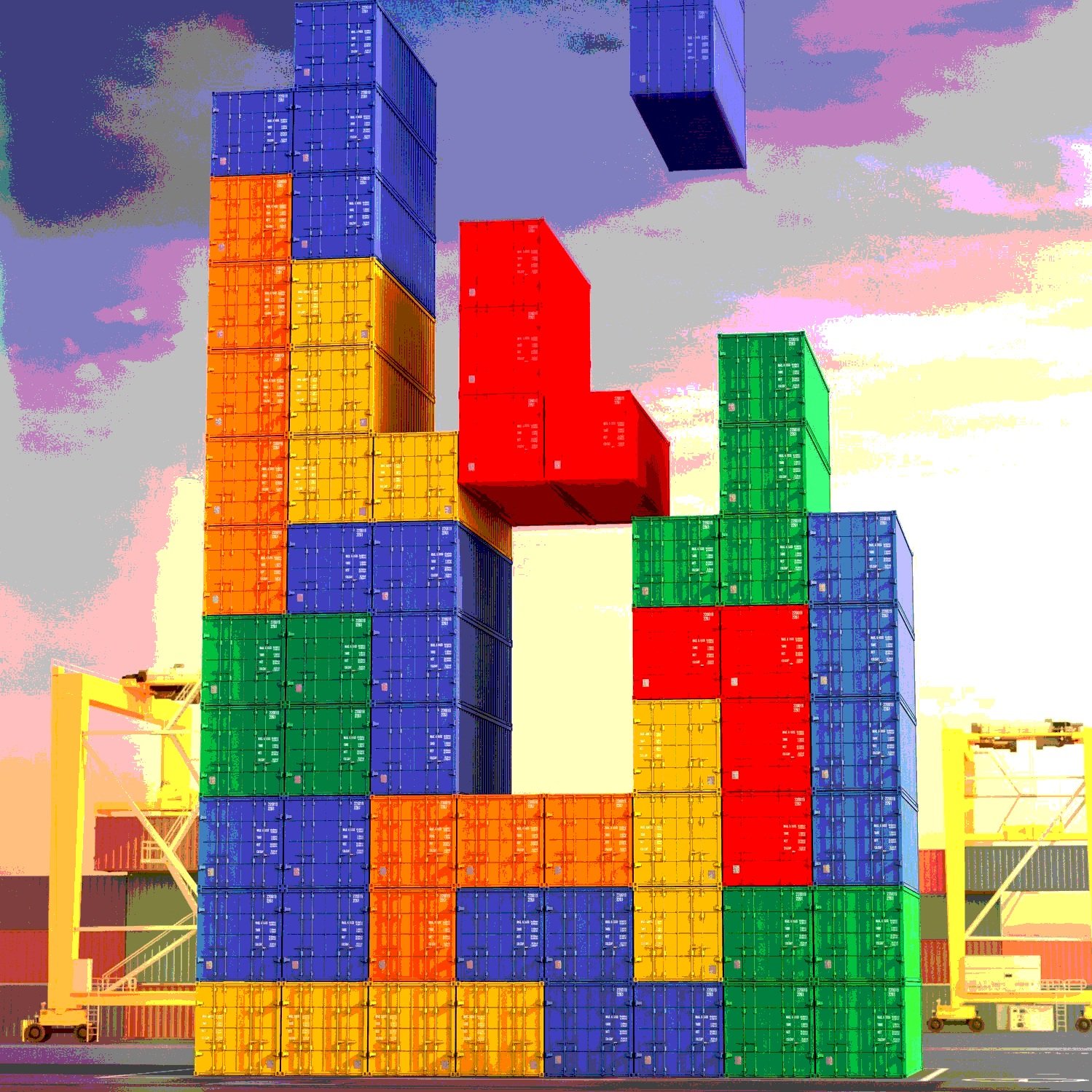Deep Life Reflections: Friday Five
Issue 18 - Moving Pieces
Hello and welcome to my weekly email newsletter, Deep Life Reflections: Friday Five, where I share five things I’m enjoying, thinking about, and find interesting.
If you have a friend, family member, or colleague who you think would also enjoy Deep Life Reflections, simply copy, paste and send them this subscription link:
https://www.deeplifejourney.com/subscribe
Here’s this week’s Friday Five.
1. What I’m Reading
Leave the Gun, Take the Cannoli: The Epic Story of the Making of The Godfather. By Mark Seal.
Mario Puzo’s writing career was going nowhere. Afflicted by a gambling problem and significant debts, he churned out cheap and nasty pulp fiction to pay the bills. Recognising his need for a commercially successful book that would appeal to the masses, he drew on his Italian-American heritage to write a book about a New York City crime family. Puzo, a fast and furious writer, channeled his desperate, raw energy into his work. His result, The Godfather, was as much an act of survival as it was a work of art. The book was published in 1969 and became a phenomenon. In two years, it sold over nine million copies, establishing Puzo as a prominent figure in American literature.
Meanwhile, in the world of film-making, Francis Ford Coppola was a young, talented director more interested in making arthouse films than conventional Hollywood blockbusters. He wanted to create a new kind of cinema, far removed from the mainstream studio system. When Paramount Pictures approached Coppola to direct The Godfather, he wasn’t impressed. But like Puzo, he was struggling financially, and when the studio convinced him he could bring his artistic vision to the film, Coppola signed on. Yet, it was challenge after challenge, from casting choices to the film’s visual style, to a dispute with the Mob itself. Despite the struggles, Coppola’s determination to make the film his way paid off. The Godfather is one of the greatest films ever made.
These are just two overlapping stories among many in Mark Seal’s rich and seductive book about the behind-the-scenes story of the making of The Godfather, fifty-one years after its release. All the pieces came together to create a masterpiece. In the words of Seal:
“This is the tale of a classic movie that revolutionised filmmaking, saved Paramount Pictures, minted a new generation of movie starts, made its struggling author, Mario Puzo, rich and famous, and sparked a war between two of the mightiest powers in America: the sharks of Hollywood and highest echelons of the Mob.”
2. What I’m Watching
Tetris. Directed by Jon S. Baird.
Tetris is another fascinating story of how a cultural phenomenon was born. Tapping into the nostalgia of the 1980s—including a brilliant scene set to Europe’s “The Final Countdown”—the film unravels the story of securing the distribution rights to one of the most popular computer games of all time. We’re introduced to a diverse cast of players (some very shady) against the backdrop of Cold War-era politics. Combining style, creativity, and a fair degree of artistic license, it’s an absorbing ride. I liked how the film incorporated 80s pixel-style graphics to mark the start of each new chapter or ‘level’.
In 1984, Russian software engineer Alexey Pajitnov conceived the iconic game of Tetris while employed at the Soviet Academy of Sciences’ Computer Center in Moscow. Tetris started life as a simple program to test hardware capabilities. However, Pajitnov’s creation soon proved to be much more than a testing tool; the addictive nature of arranging falling blocks into neatly packaged rows tapped into our hard-wired evolutionary desire to complete tasks and feel satisfaction in doing so.
Tetris the game became a symbol of pop culture, bridging cultural divides and captivating audiences across all age groups. It held the title of best-selling video game of all time from 1993 to 2020, and the Tetris franchise has sold nearly 500 million copies to date. Yet, much like The Godfather, Tetris began with the simplest of building blocks—both figuratively and literally—from the depths of one person’s imagination. The journey to align all these blocks into a coherent whole was no less compelling than the game itself.
3. What I’m Contemplating
Life often mirrors the game of Tetris. We start with individual pieces, much like the geometric blocks or the bare words on a blank page. These singular entities may seem insignificant in isolation, devoid of any greater purpose. But when they come together, they fit like a puzzle and create something special.
Each shape or each written word is a decision, a step forward, a building block to something greater. We don’t always know how they’ll fit together in the end—and often they don’t fit at all or we need to reshuffle—but that’s the beauty of it; the uncertainty, the opportunity to reevaluate, the potential for surprise or revelation.
We must build first to create. It’s not about waiting for the perfect piece to fit, it’s about building our own perfect fit, one piece at a time.
4. A Quote to note
“Start by doing what's necessary; then do what's possible; and suddenly you are doing the impossible.”
- Francis of Assisi
5. A Question for you
What small ‘pieces’ in your life are you currently working on that might transform into something greater?
Want to share this issue of Deep Life Reflections via text, social media, or email? Just copy and paste this link:
https://www.deeplifejourney.com/deep-life-reflections/june-23-2023
Don’t forget to check out my website, Deep Life Journey, for full content on my Pillars, Perspectives & Photography.
And you can read all previous issues of Deep Life Reflections here.
Thanks for reading and have a great weekend.
James

